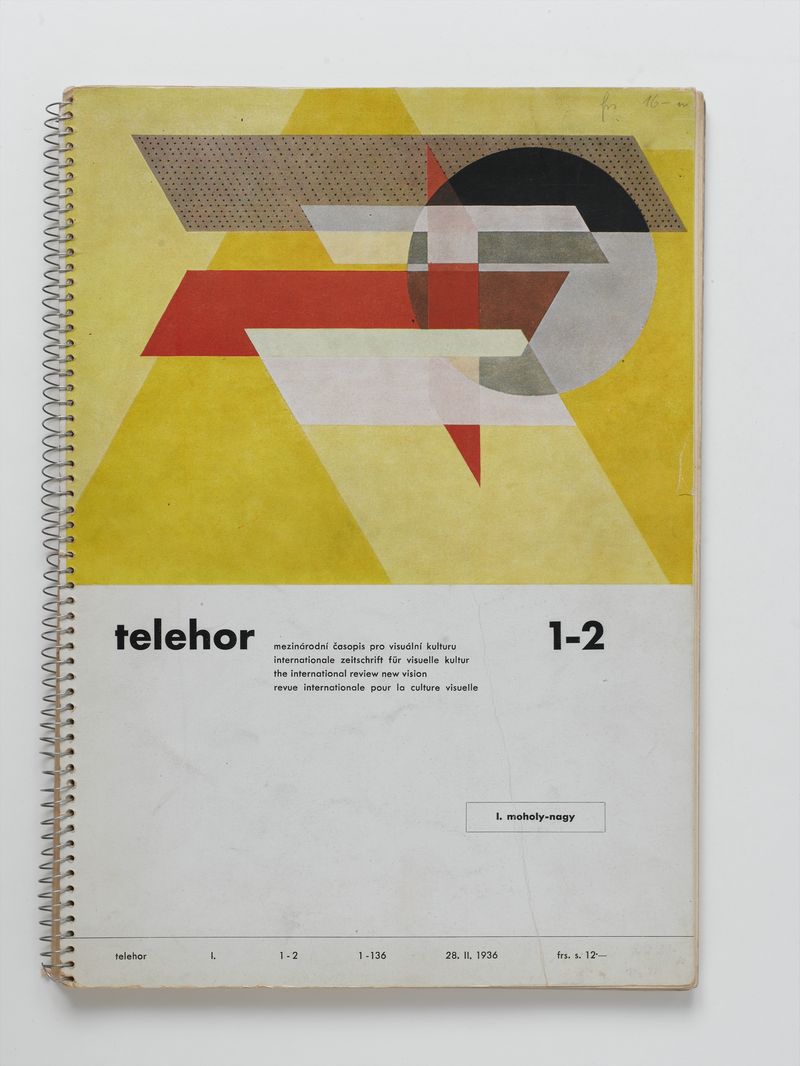Sophie Calle: Ma’s-tu vue / Did You See Me? (2003)
Filed under book, catalogue | Tags: · art, conceptual art, film, identity, photography, voyeurism

“The work of conceptual artist Sophie Calle embraces photography, storytelling, film, memoir as well as other media. Often controversial, Calle’s projects explore issues of voyeurism, intimacy, and identity as she secretly investigates, reconstructs and documents the lives of strangers–whether she’s inviting them to sleep in her bed, trailing them through a hotel, or following them through the city. Taking on multiple roles–detective, documentarian, behavioural scientist and diarist–Sophie Calle turns the interplay between life and art on its head.
The book presents Calle’s best-known works, including The Blind, No Sex Last Night, The Hotel, The Address Book and A Woman Vanishes, as well as lesser known and earlier projects that have largely escaped the public eye. This compendium of Calle’s photographs, diary excerpts and video stills also includes three critical essays and two interviews with the artist.”
First published in French by Centre Pompidou, Paris, 2003.
English edition
Publisher Prestel, 2003; Second edition, 2008
ISBN 3791330357, 9783791330358
443 pages
via Chloe
Review: Pescador (The Art Book Review, 2012).
Comment (0)Eccentric Manifesto (1922/1992)
Filed under manifesto, pamphlet | Tags: · art, avant-garde, cinema, film, manifesto, theatre

“The ‘Depot of Eccentrics’ which on the 9th July 1922 published The Eccentric Manifesto–a pamphlet ‘the size of an ordinary letter’–proved an ephemeral collaboration. In the words of subsequent critics, ‘difference of opinion’, ‘stern criticism’ caused its dissolution soon after The Factory of Eccentric Actor’s first productions–a stage version of Gogol’s The Wedding (1922) and a Cocteau inspired piece in three acts, Foreign Trade on the Eiffel Tower (1923).
A great rarity, the manifesto itself does not seem to have been any more influential than the ‘depot’ which published it. Containing four articles–by Leonid Trauberg, Grigori Kozintsev, Sergei Yutkevich and professional gambler Georgii Kryzhitskii–its post-civil war Petrograd print issue was limited to 1000 copies. Of these ‘a majority’ were entrusted by Yutkevich to Pravda critic Khrisanf Khersonsky to spread around Moscow ‘using his contacts’. Sales went badly however and the whole stock was dumped in Khersonsky’s basement where, when the house caught fire, it was ‘completely destroyed.’
[…] Kozintsev and Trauberg later made the film New Babylon (1929), subtitled “Assault on the Heavens–episodes from the Franco Prussian War and the Paris Commune 1870-71”, based less on Karl Marx than on the history of the Paris Commune written by P.O. Lissagaray. [The screenings were accompanied with an ensemble playing a score by Dmitri Shostakovich]. … In later years Shostakovich was to claim that ‘my troubles on the political front began with New Babylon.'” (from the Introduction)
First published in Russian in St Petersburg, 1922
Translated and with an Introduction by Marek Pytel
Cover by Clifford Harper
Publisher Eccentric Press, London, 1992
22 pages
via Reality
Entry on Factory of Eccentricity in Saint Petersburg Encyclopedia (in English)
PDF (lo-res), GIF images
Title page of Russian edition
Fr. Kalivoda (ed.): Telehor 1-2: Special Issue on L. Moholy-Nagy (1936) [CZ/DE/EN/FR]
Filed under magazine | Tags: · art, avant-garde, colour, design, film, light, photography, vision

Telehor was a project by Czech functionalist architect, theorist and educator, František Kalivoda, who planned it as a 64-page illustrated quarterly dedicated to visual culture. As an editor and publisher, Kalivoda had established an impressive network of collaborators across Europe, however his plans never fully took off.
Its only issue appeared as a book-length publication on the work of artist and Bauhaus teacher László Moholy-Nagy who was at the time already living in London. The magazine has, in the internationalist fashion, sections in several languages, including French, English, Czech, and German.
Contents of the English section: Foreword by Siegfried Giedion, 1935 (pp 27-29), Letter from Moholy-Nagy to Kalivoda, June 1934 (30-32), Moholy-Nagy’s essays “From Pigment to Light”, 1923-26 (32-34), “A New Instrument of Vision”, 1932 (34-36), “Problems of the Modern Film”, 1928-30 (37-40), “Supplementary Remarks on the Sound and Colour Film”, 1935 (41-42), “Once a Chicken, Always a Chicken”, a film script on a motif from Kurt Schwitter’s “Auguste Bolte”, 1925-30 (43-45), Postscript by Kalivoda, 1936 (45-46).
The reproductions run from page 49 through 112.
Publisher Fr. Kalivoda, Brno, 1936
Typography Fr. Kalivoda
Print Typia Press, Brno
138 pages, 69 ills., 29.7 × 21 cm
via Bibliothèque Kandinsky, in the Unlimited Edition
Moholy-Nagy at Monoskop wiki
Kalivoda at Monoskop wiki
PDF, PDF (variant with black cover, 149 MB)
Comment (1)
